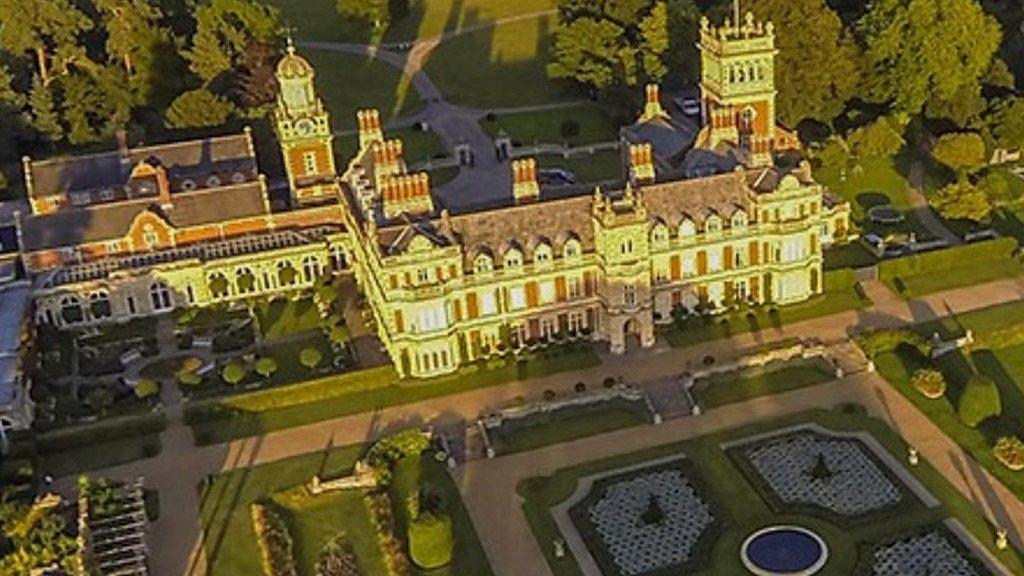Rare listed glasshouses saved by £120,000 grant
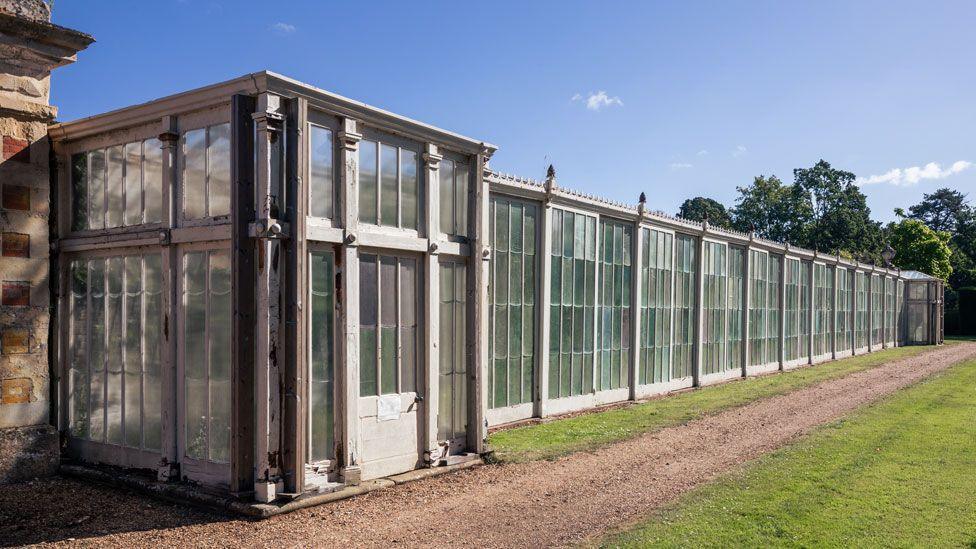
Future plans would include explaining how Victorian engineering was used to design and develop such unusual buildings to visitors, said gardener Simon Gaches
- Published
Glasshouses believed to have been created by the Crystal Palace designer Sir Joseph Paxton have received a £120,000 grant towards their restoration.
The "rare survivors of Victorian innovation" are part of a Grade II*-listed walled kitchen garden, built in about 1846 at Somerleyton Hall, in Somerleyton, Suffolk.
The glasshouses, which include two peach houses, were put on Historic England's At Risk register in November. The funds have been awarded by the organisation.
Somerleyton's head of gardens and conservation Simon Gaches said the news was "very exciting, not just to have safe and beautiful working glasshouses, but also to be able to share the history".
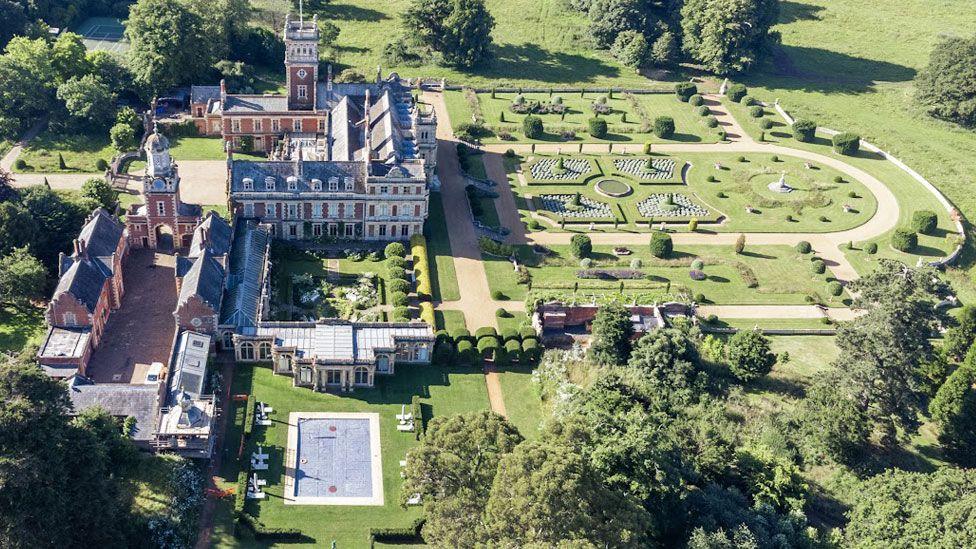
Sir Joseph was an English landscape gardener and designer of hothouses, who began life as a duke's gardener and was later knighted and became an MP
Somerleyton Hall - which Historic England described as the "one of the finest Victorian stately homes in the country" - was owned by Sir Samuel Morton Peto, an engineer and railway pioneer, before it was bought by carpet manufacturer Sir Francis Crossley.
The glasshouses, which are showing signs of structural vulnerability and brickwork decay, "form part of one of the finest Victorian kitchen gardens in England", it added.
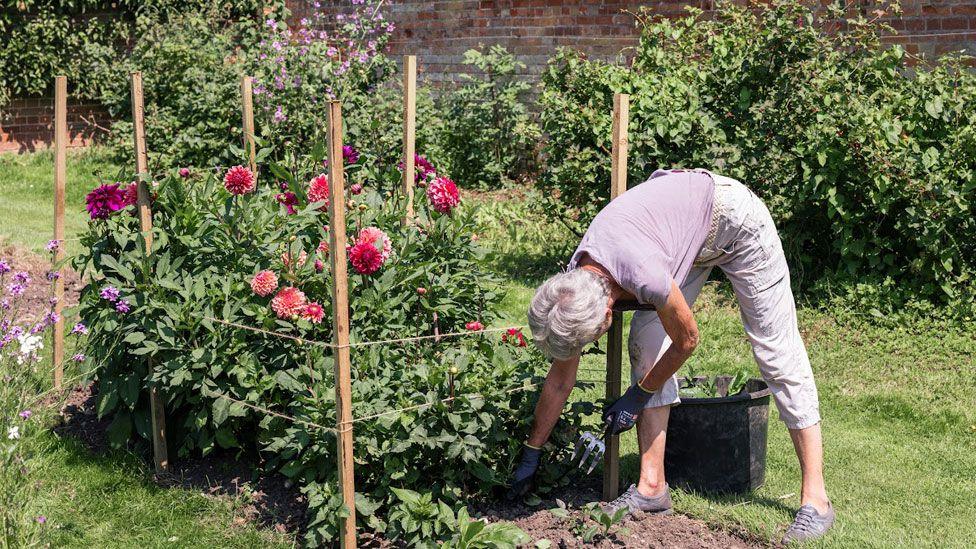
A team of volunteers help maintain the garden while enjoying working in the historic landscape
A charitable trust will be established to maintain and manage the building.
The plans include restoring the peach houses as working plant houses, using the ridge and furrow glasshouses for educational activities and creating new spaces within the walled kitchen garden.
The garden already has a keen group of 14 regular volunteers.
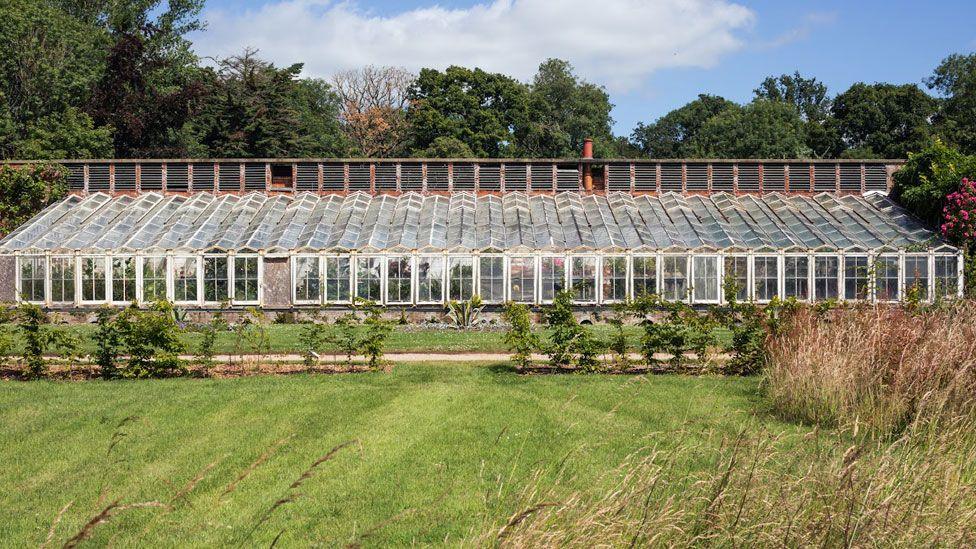
Historic England's Tony Callandine said: "These remarkable glasshouses represent a fascinating chapter in our horticultural and architectural heritage."
Hugh Crossley, the 4th Baron Somerleyton, said: "We are indebted to the team at Historic England for the guidance, expertise, support and this vital grant that paves the way for the long-term restoration and care of our glass houses."
Tony Calladine, Historic England's East of England regional director, said: "Their connection to Sir Joseph Paxton makes them particularly special.
"This funding will help save these rare survivors of Victorian innovation for future generations to explore and enjoy."
Get in touch
Do you have a story suggestion for Suffolk?
Follow Suffolk news on BBC Sounds, Facebook, external, Instagram, external and X, external.
Related topics
- Published14 November 2024
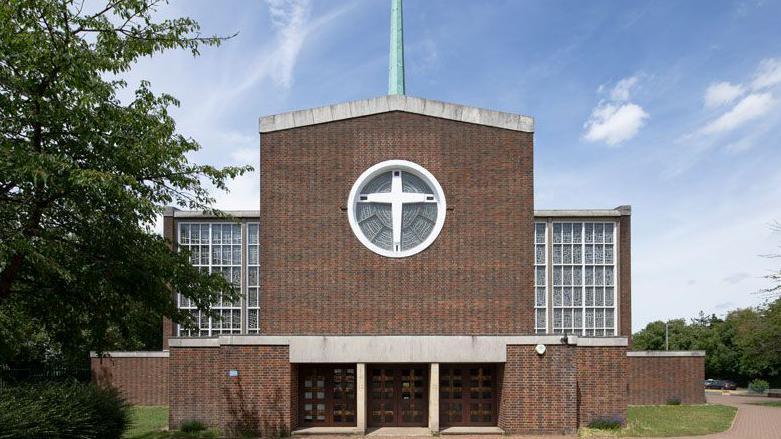
- Published19 May 2024
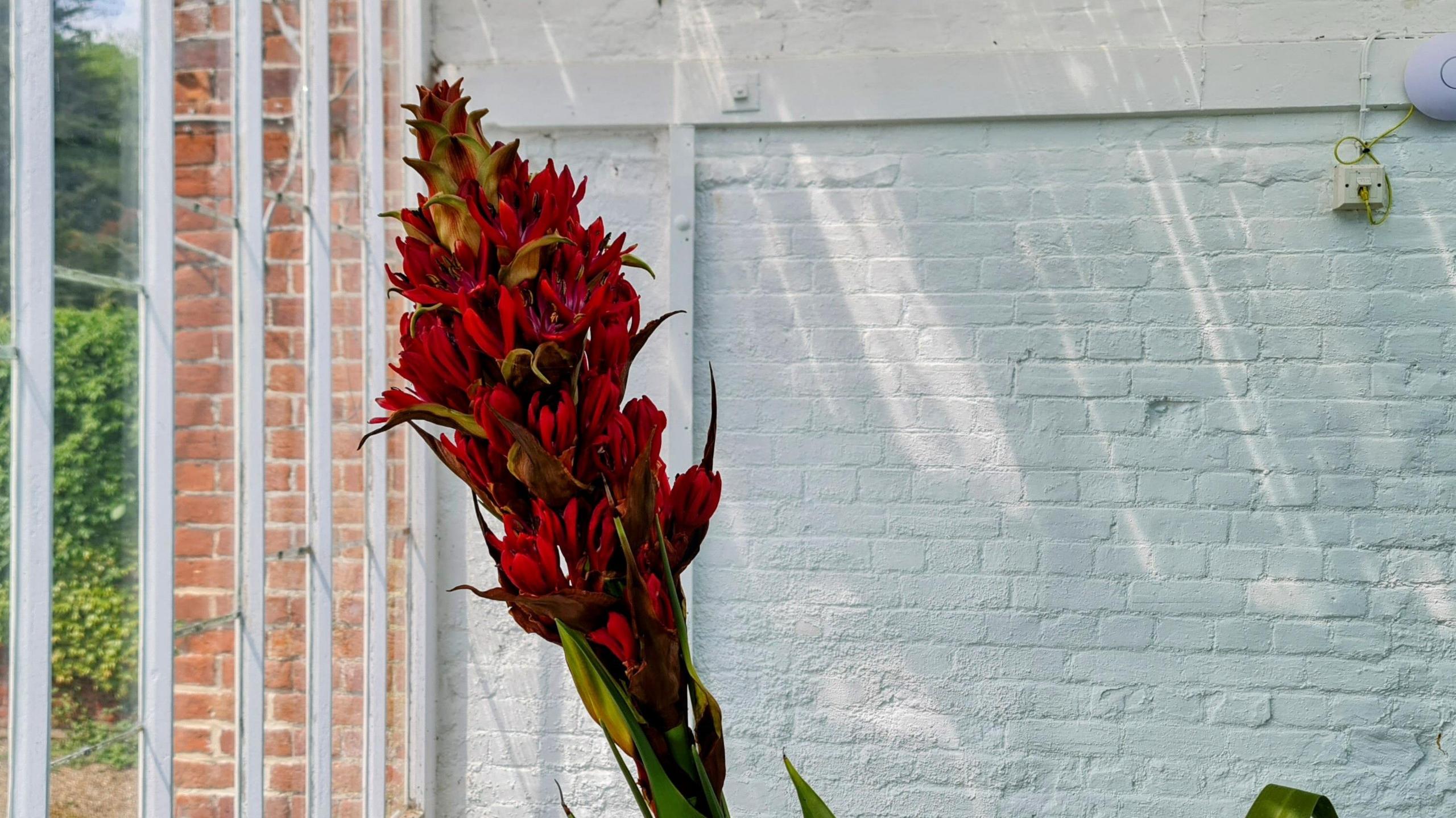
- Published26 November 2020
